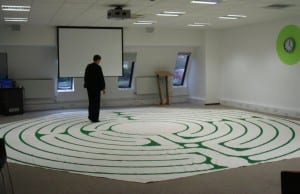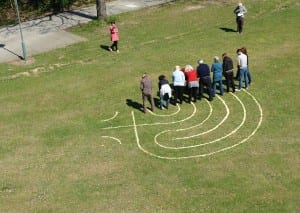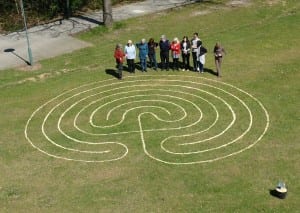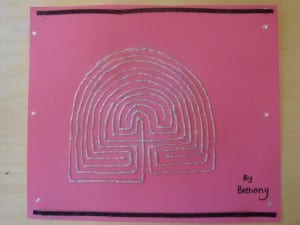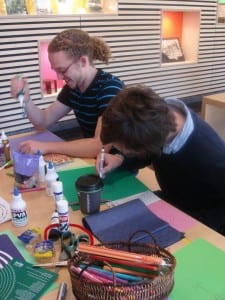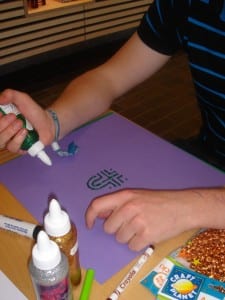At the Staff and Educational Development Association (SEDA) Conference in Chester, November 2010, participants had the opportunity to walk the University of Kent’s canvas labyrinth. The conference these was ‘Developing ourselves’ and the labyrinth offered a different kind of conference space: a quiet opportunity for reflection. The walk was open to everyone towards the end of the day, and was much appreciated by visitors. The initial intention was just to open for an hour, but with some careful juggling of the timetable and the support of hotel staff, we were able to keep it open for longer, to enable more people to take part.
In November 2008, I led a labyrinth workshop at SEDA for the first time. The conference theme included questions of personal and professional values, and we explored these issues with the support of a labyrinth walk. (For more, see http://seda.ac.uk/confs/birm08/abstracts/23_Sellers.pdf Interest grew to such an extent that we kept the labyrinth accessible all morning except for the time of the workshop itself. The first walker arrived at 8am and the last left the labyrinth at 12 noon, and including the workshop, about half the conference participants visited the labyrinth.
